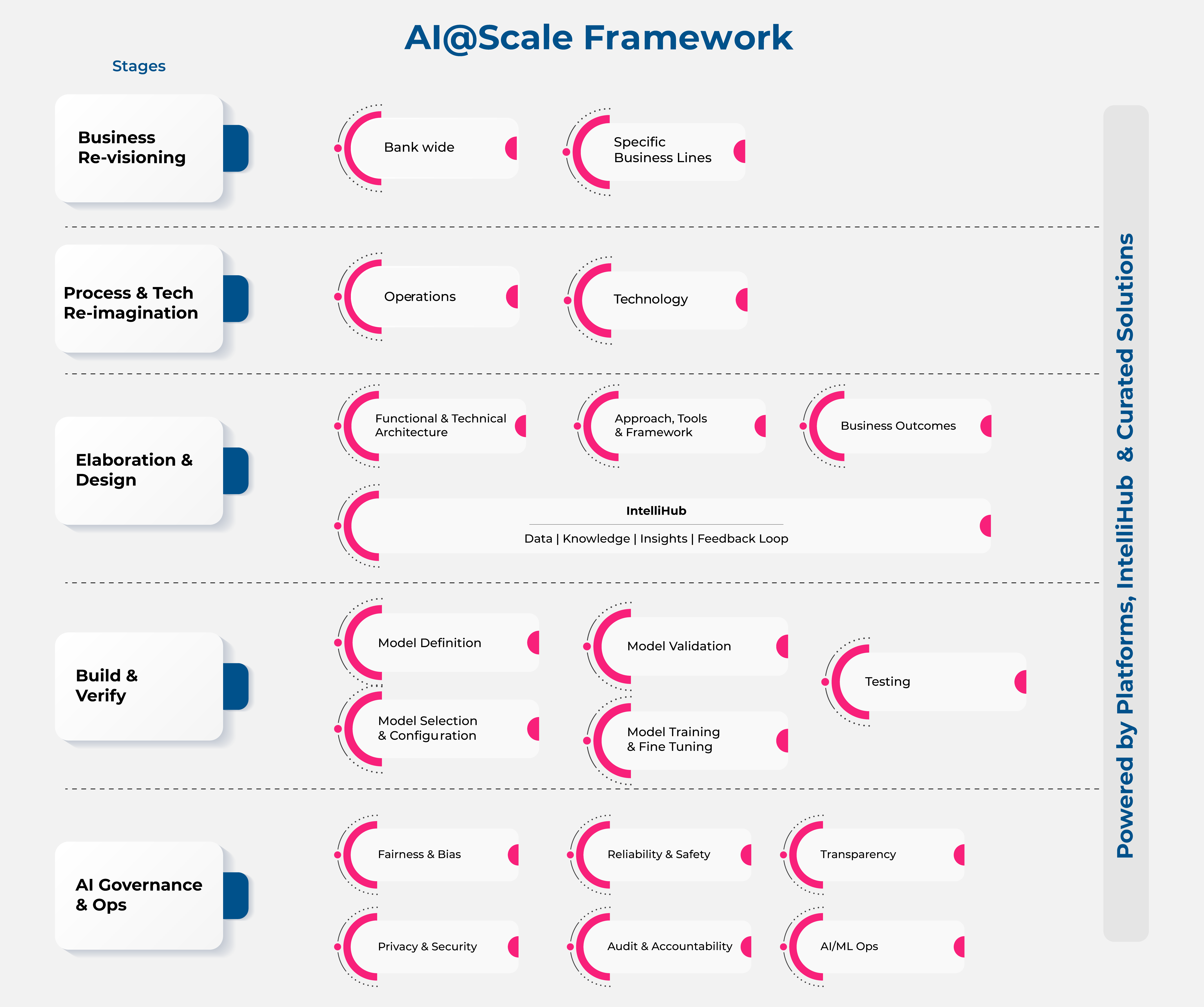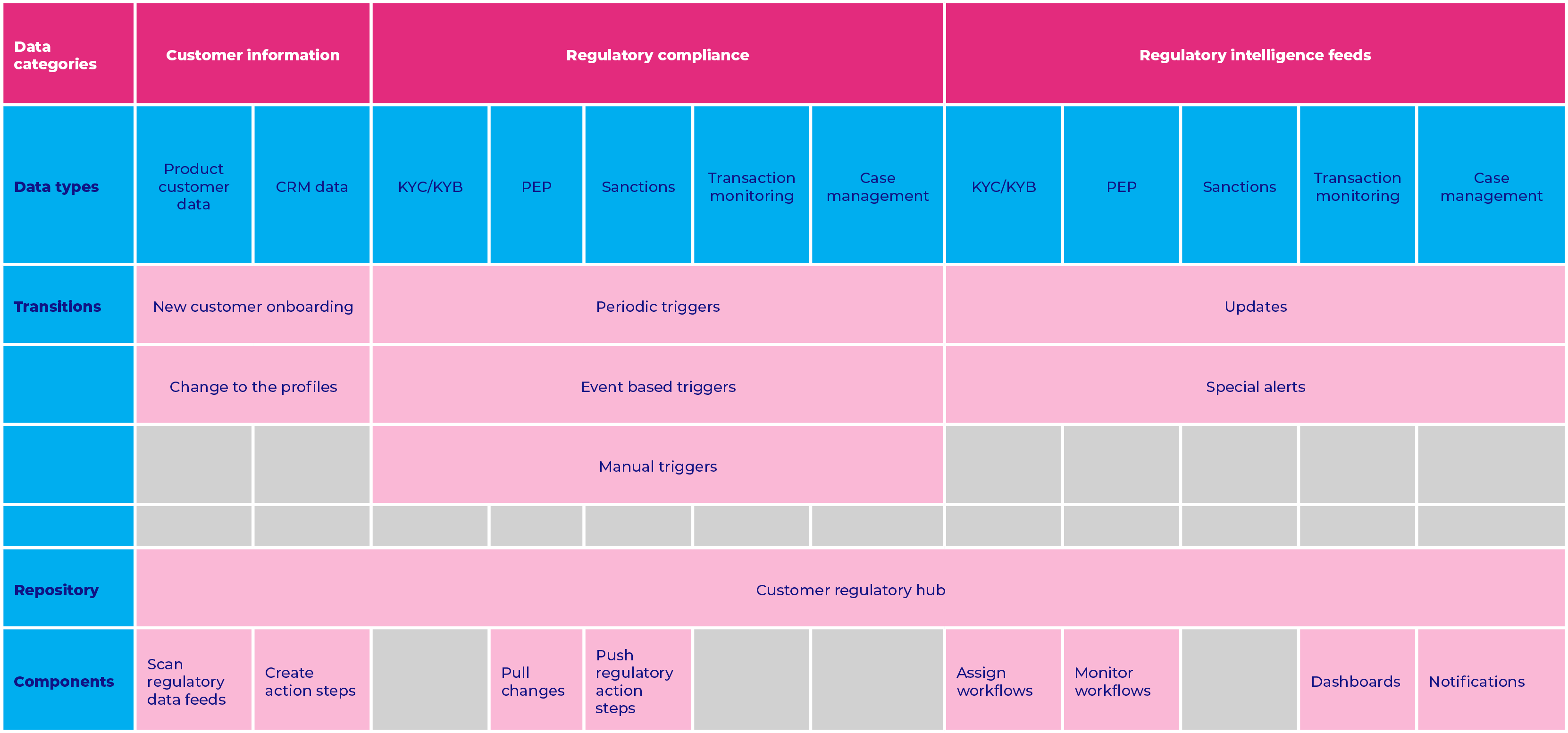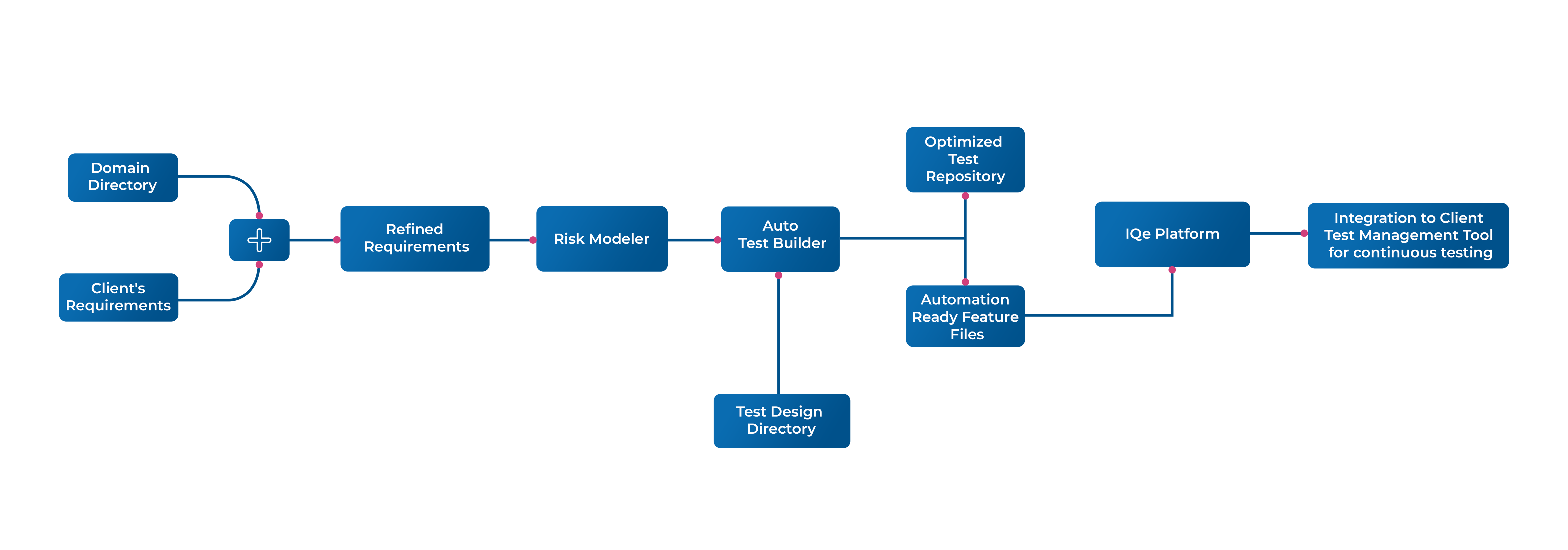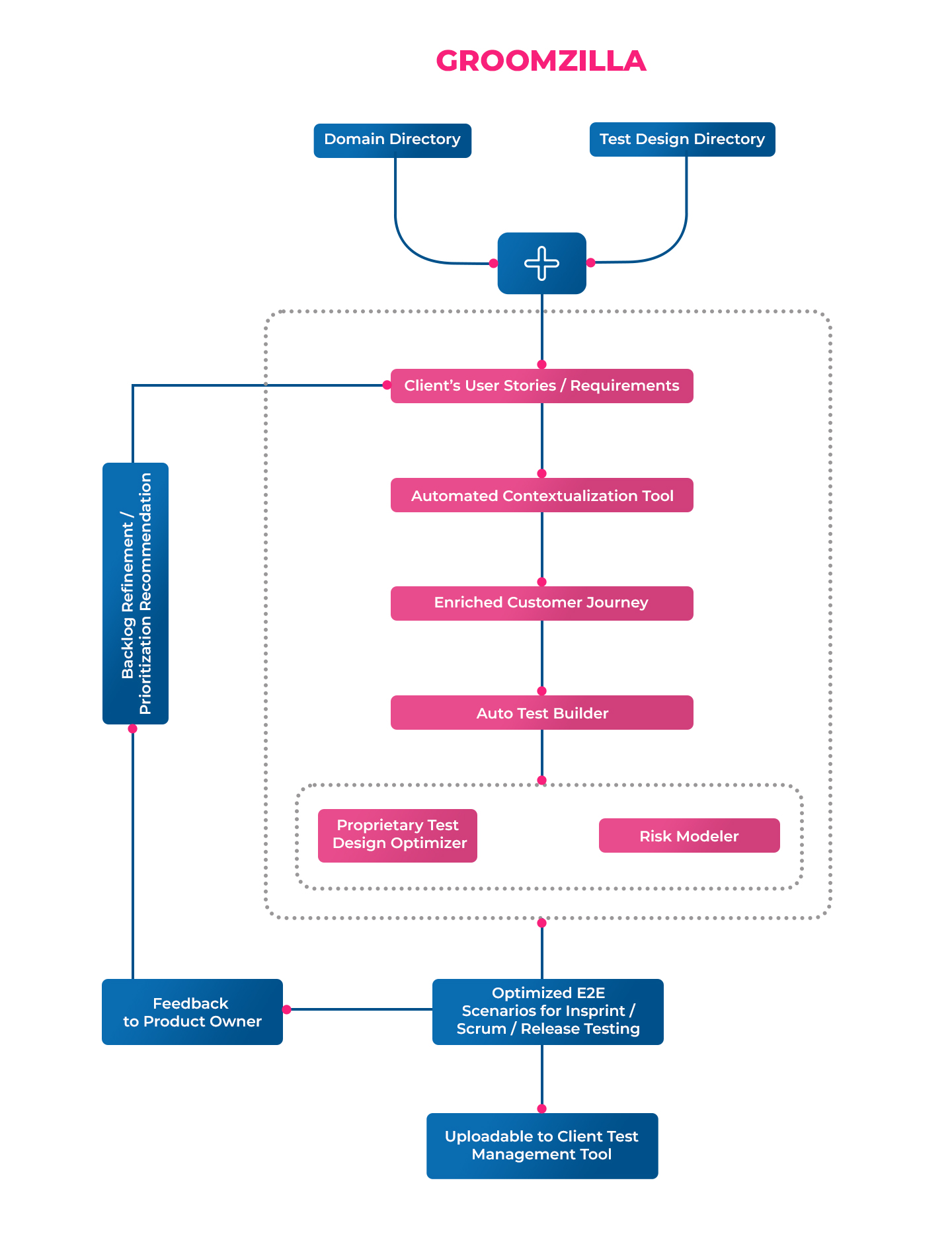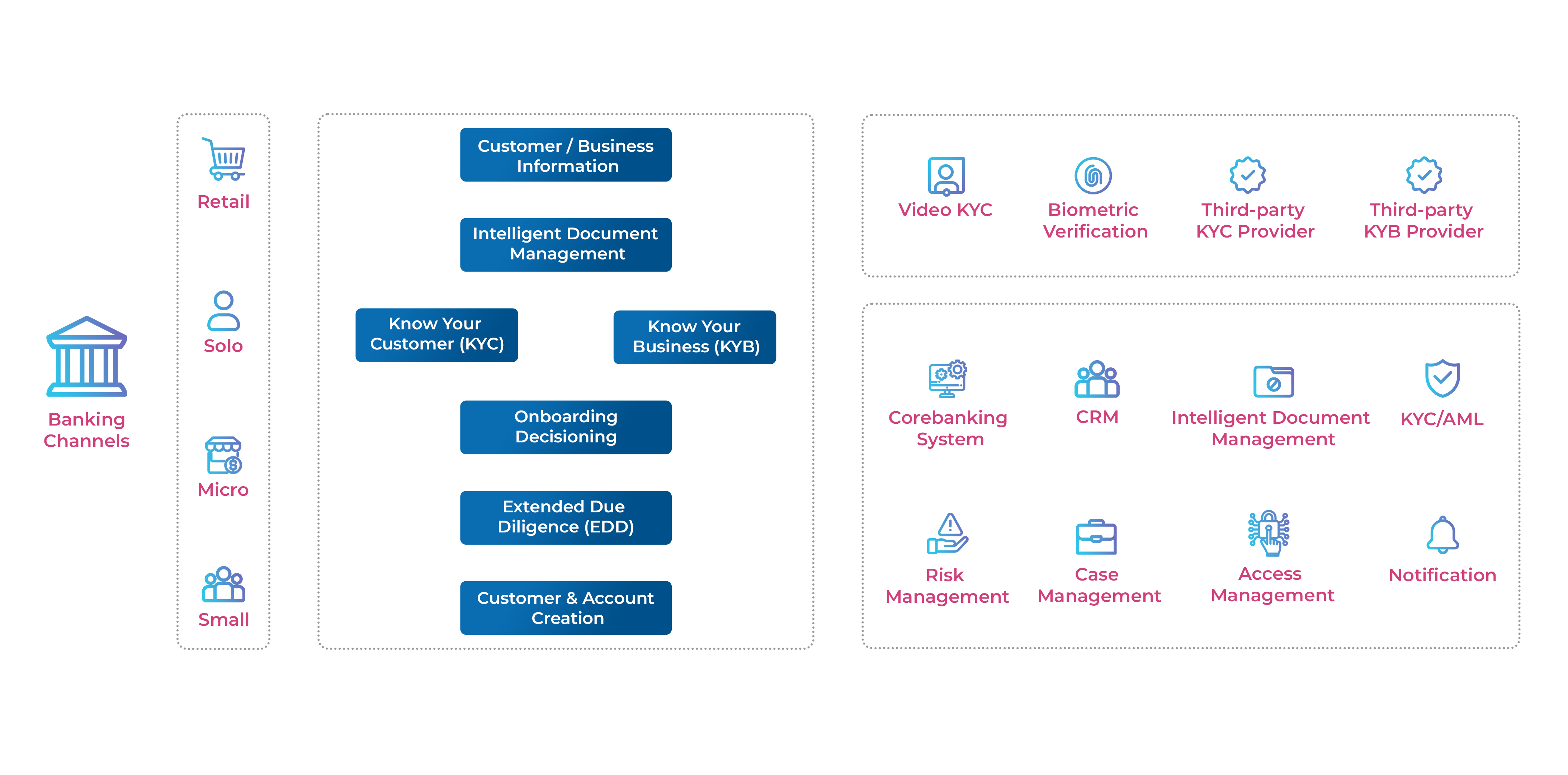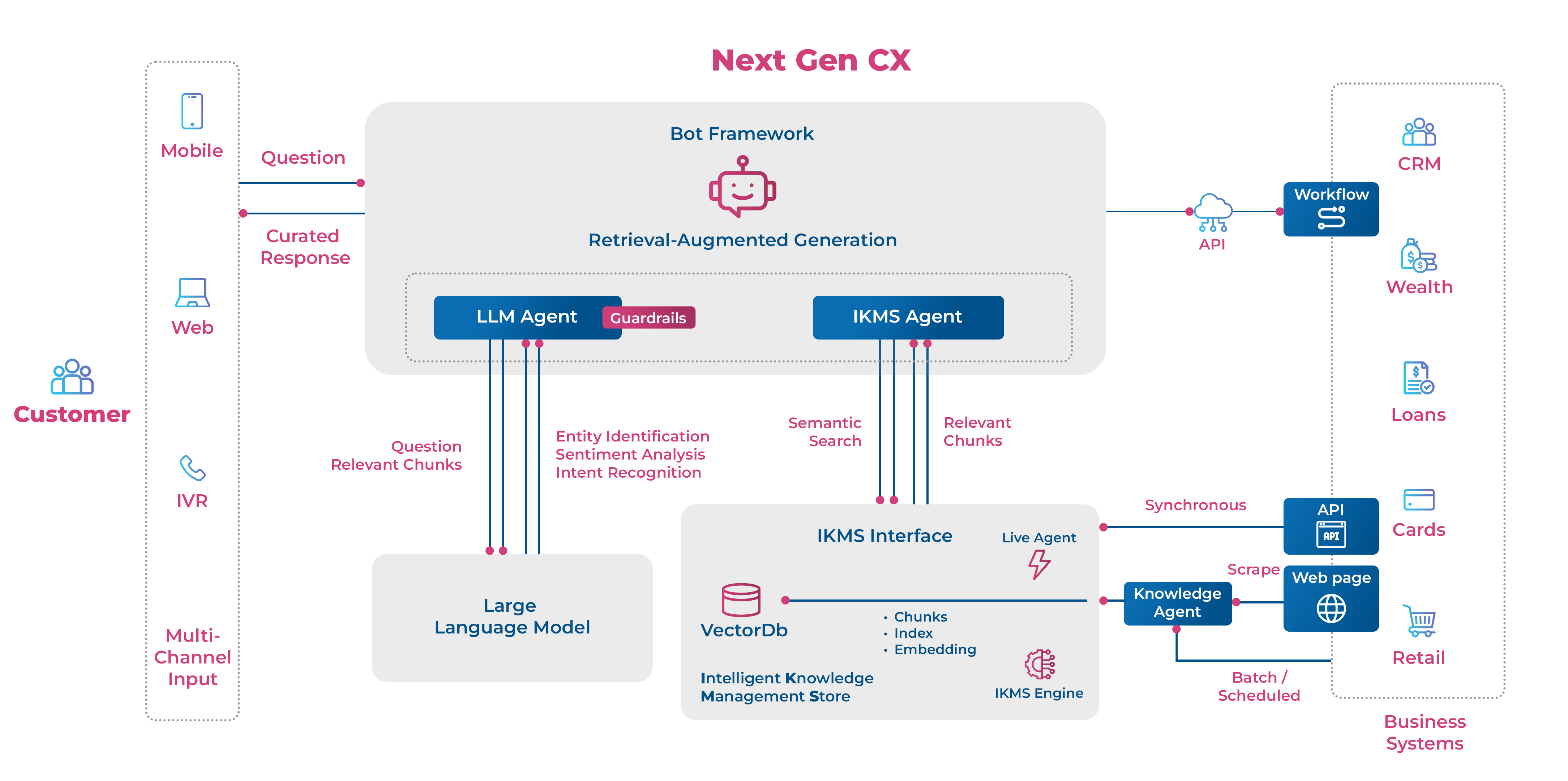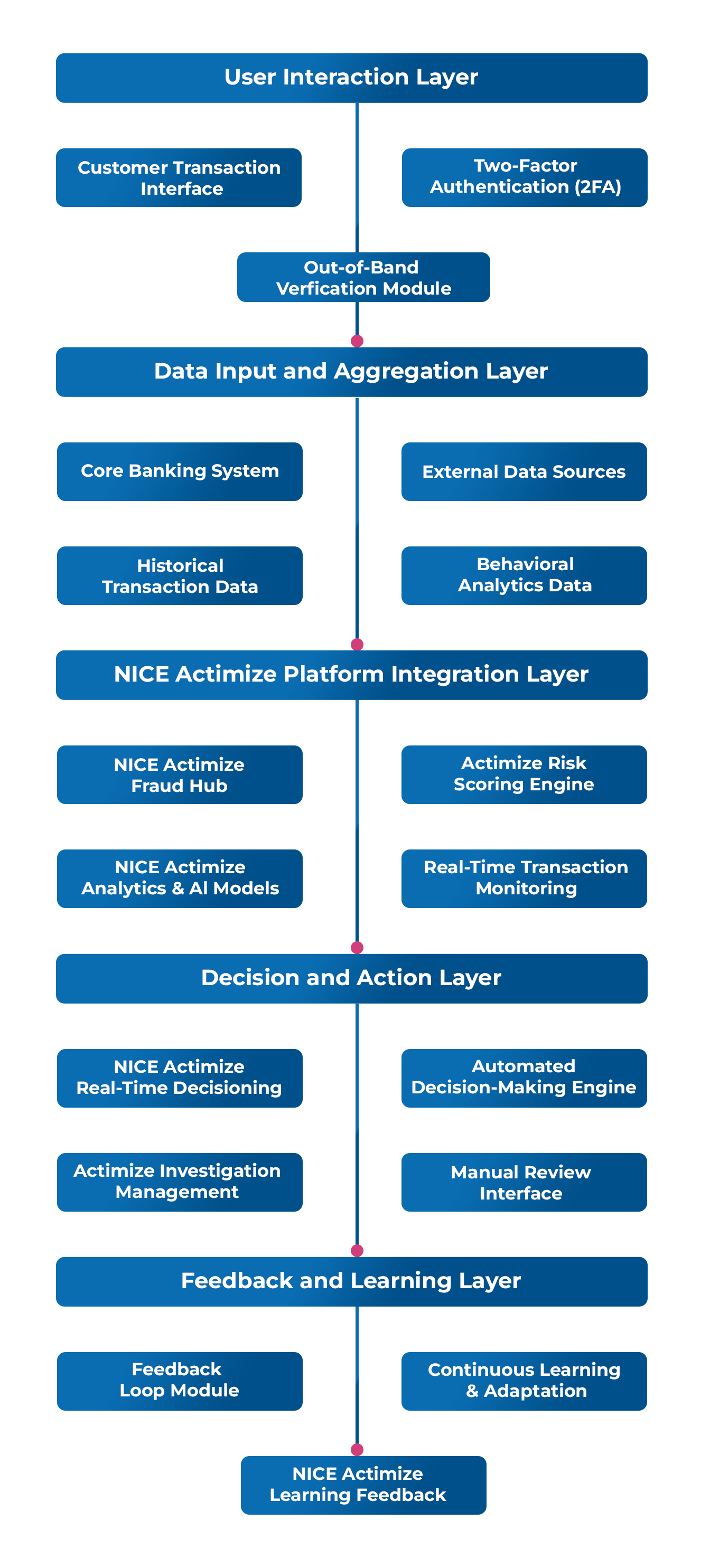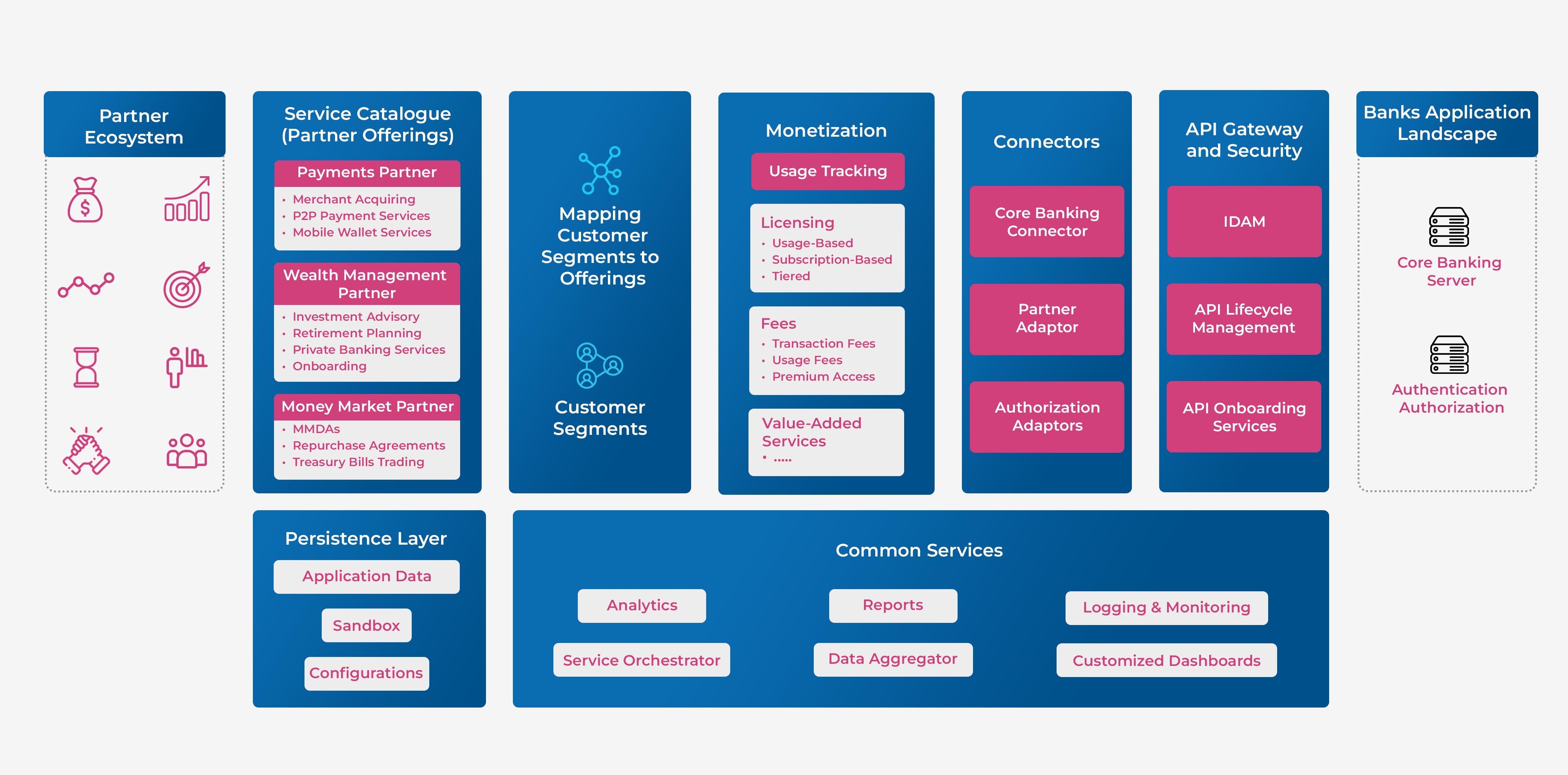Retail Banking: 6 Steps to Improving the Collections Experience

The recent global slowdown, policy overlays, debt moratoriums, fiscal injections, and increased delinquency rates have all brought the scanner on collections experience. Today’s credit environment is different, and so are the digital-first customer support systems and the banks’ criticality to maintaining long-term customer loyalty.
As debt loads and loss rates rise across multiple markets, the leaders in the chaotic collections practice are doubling down – using the current period to ramp up staff skills and leverage advanced analytics to improve performance at a lower cost.
Undoubtedly, the next-generation collections model in retail banking must involve a nuanced understanding of the at-risk customers and the corresponding interventions. A digital-first collections strategy will shoulder the bulk of this burden. The numbers, too, bear this out. A study points out that digital customer service reduces 20% in non-performing loans (NPL), resolves 30+ past due dates (PDD) by 25%, reduces 15% in collections cost, and boosts customer engagement by 5X.
While customer-centric collections capabilities with digital at its core increase each day, the key for collection agencies lies in the following steps.
- Advanced Segmentation: Today, most machine-learning approaches operate on creating micro-segments for more targeted interventions. The analytics-driven collections efforts will move away from static delinquency stages or risk scores classifications and be able to treat each borrower as a “segment of one.” Building a sophisticated risk model that estimates ‘value at risk’ will project conditional probability instead of single risk scores.
- Matching Channels and Preferences: Research posits that contacting customers through preferred digital channels improves effectiveness significantly, especially in low delinquency stages. An effective multi-channel contact strategy goes beyond a one-size-fits-all. It depends on technology infrastructure, AI and Automation capabilities, and a contact strategy that addresses various segments through appropriate channels, with the right messages in the proper sequence.
- New tech implants in the collections environment: From contact center interface, banking machines (with automated touchpoints), IVR, Website messaging, Messenger and chat platforms, mobile apps, virtual agents, most banks are moving to advanced algorithms to establish the best times to call, down to the hour and minute. The optimal contact sequencing across various communications (voice, text, email, IVR message, self-service) positively influences customer behavior to prioritize payments.
- Customer-oriented operations with centralized systems: As smartphone and app usage increases, collection agencies are beginning to accept app-based payment to go with web-based methods. With app payments and automated phone calls, online payments inject convenience into the process. Another efficiency initiative is the centralized system – a program that allows personnel to view the same accounts on the same database. Using diallers and prompts, collectors review reports, and trigger alerts are cost-saving measures that ease workflows and decision-making issues.
- Competency building for frontline staff: To assess (and treat) at-risk customers for their ‘ability to pay and willingness to pay is a valued skill in collections. Locating skilled candidates that bring this rare social (or local) mindset is not easy. Furthermore, connecting at the human level and employing an easy meticulous manner that listens and also problem solves is critical for collections. All this constitutes the complexity of selecting, onboarding, training, and motivating collections staff – a job, when done well, pays rich dividends.
- Maximizing Machine Learning Models: Integrated analytics models that work on an assembly of data masses are a potent way to decide the optimal contact and treatment strategy. These methods, over time, have lowered charge-off losses and increased recovered amounts. Today’s sophisticated lending agencies use multiple variables across various systems (customer demographics, account activity, payments, risk ratings, cash flow status, collections history).
Conclusion
The future of collections will see more lending institutions investing in data analytics that better understand data gaps, identify internal and external data sources to create alerts, build intelligence for optimal micro-segments with similar risk profiles, and develops models for advanced validation.
View


